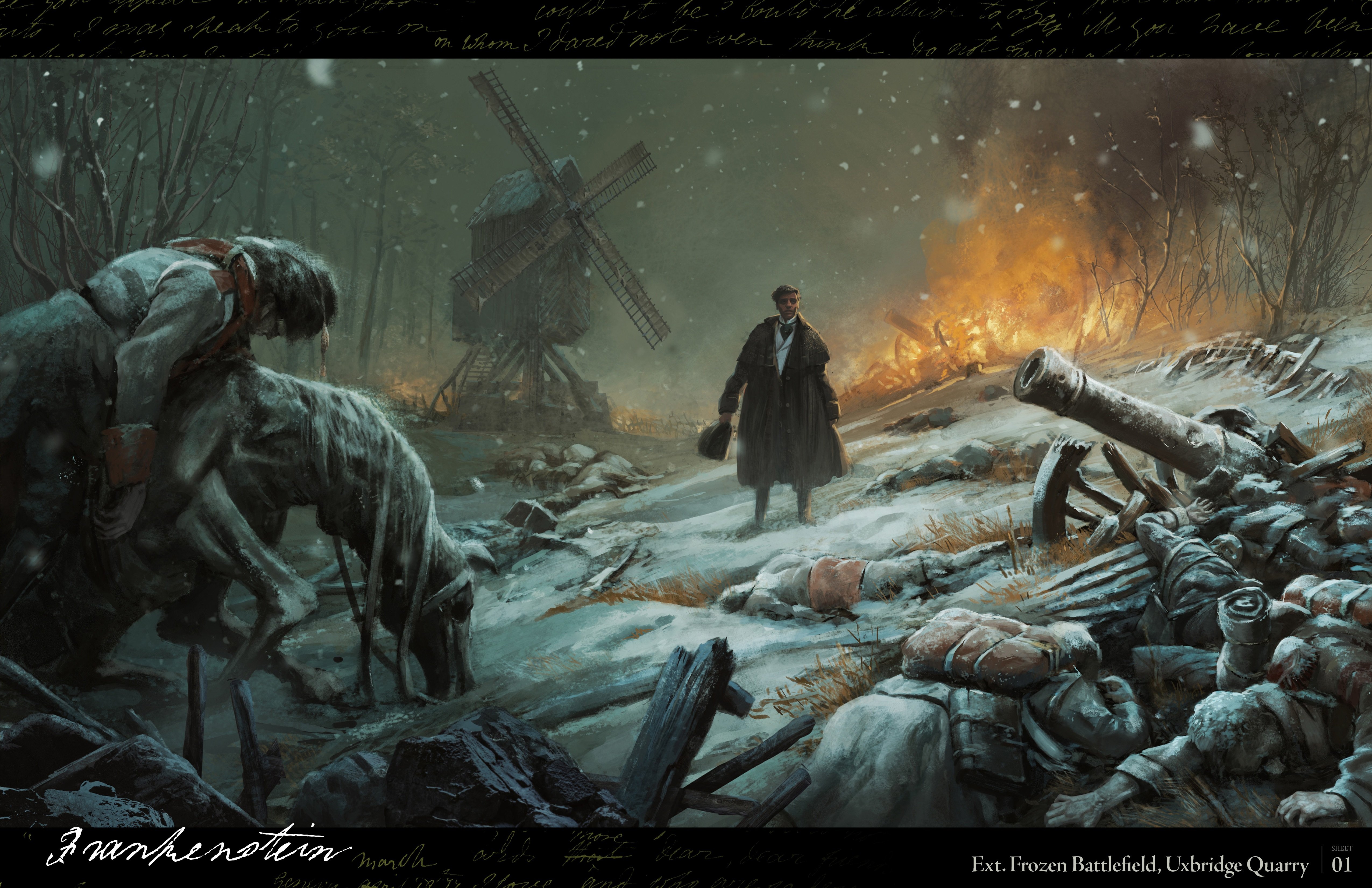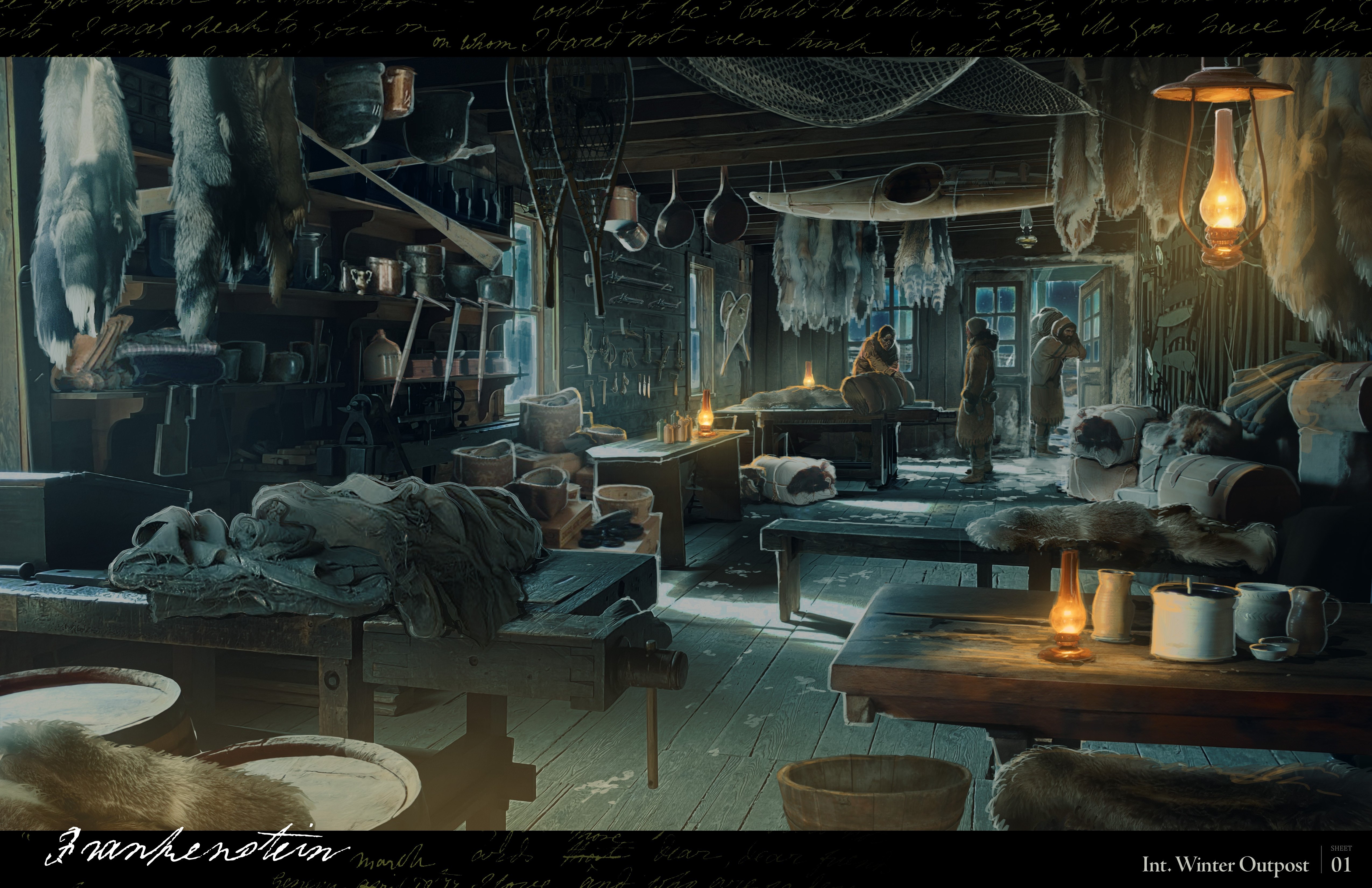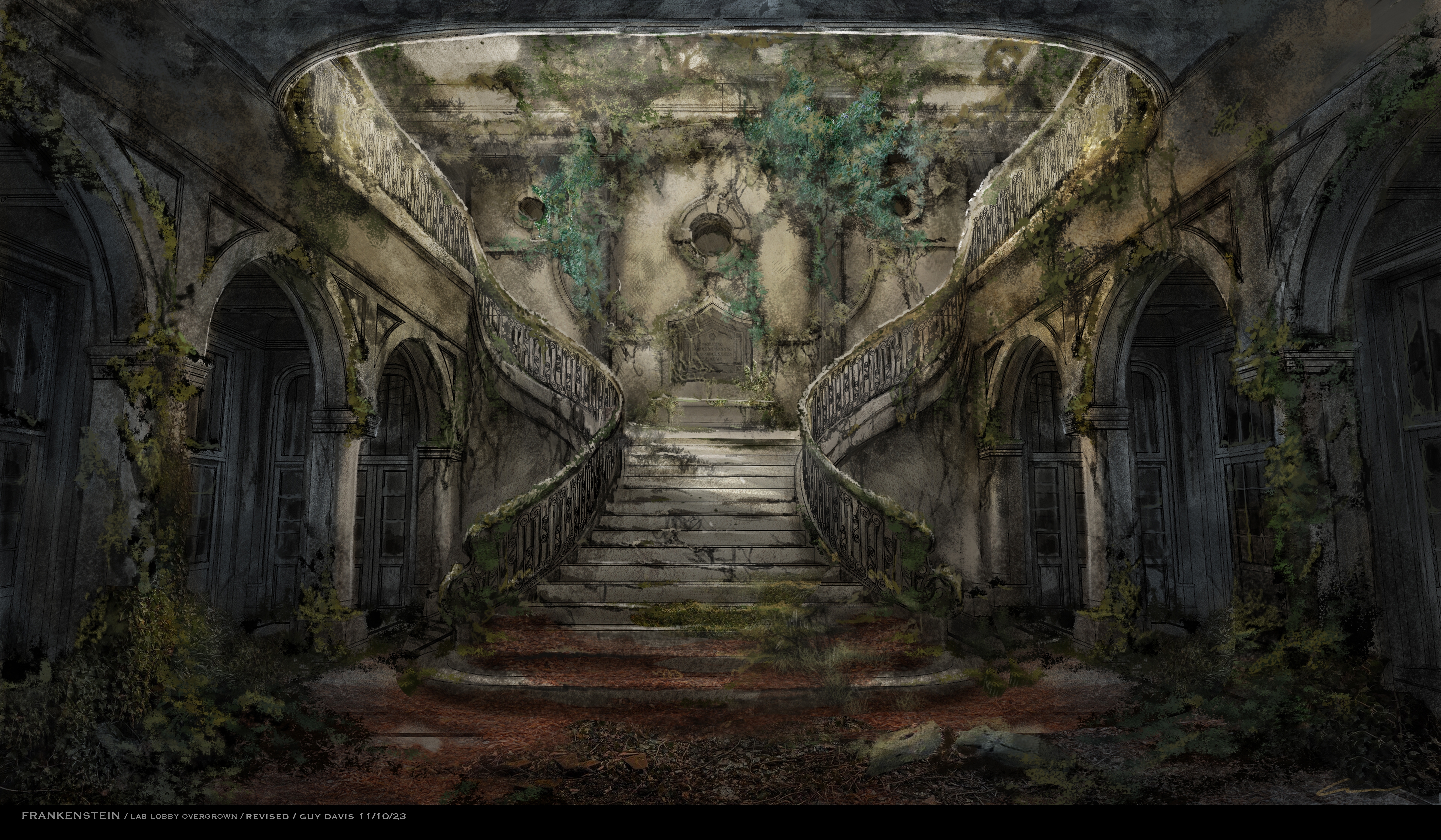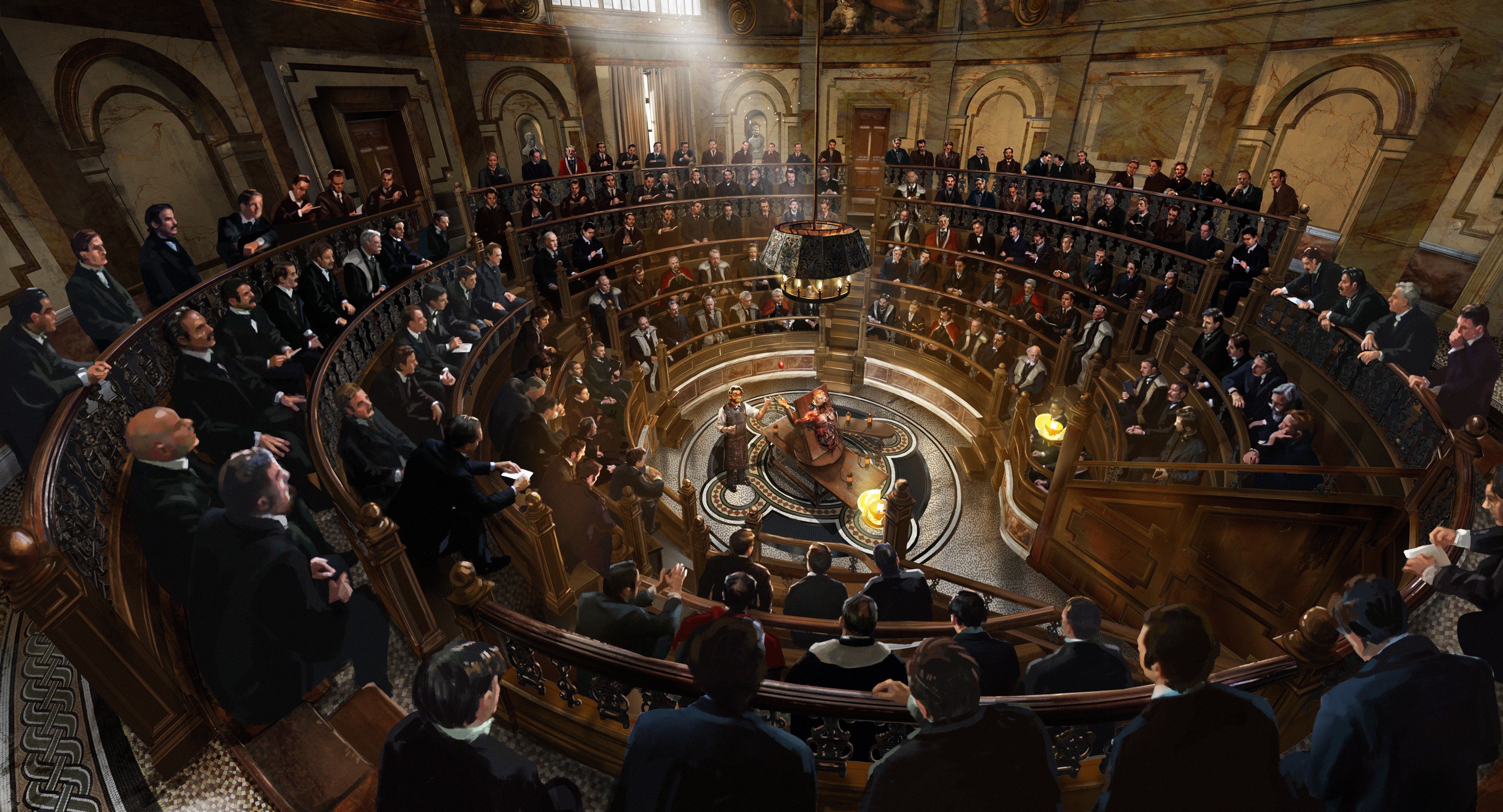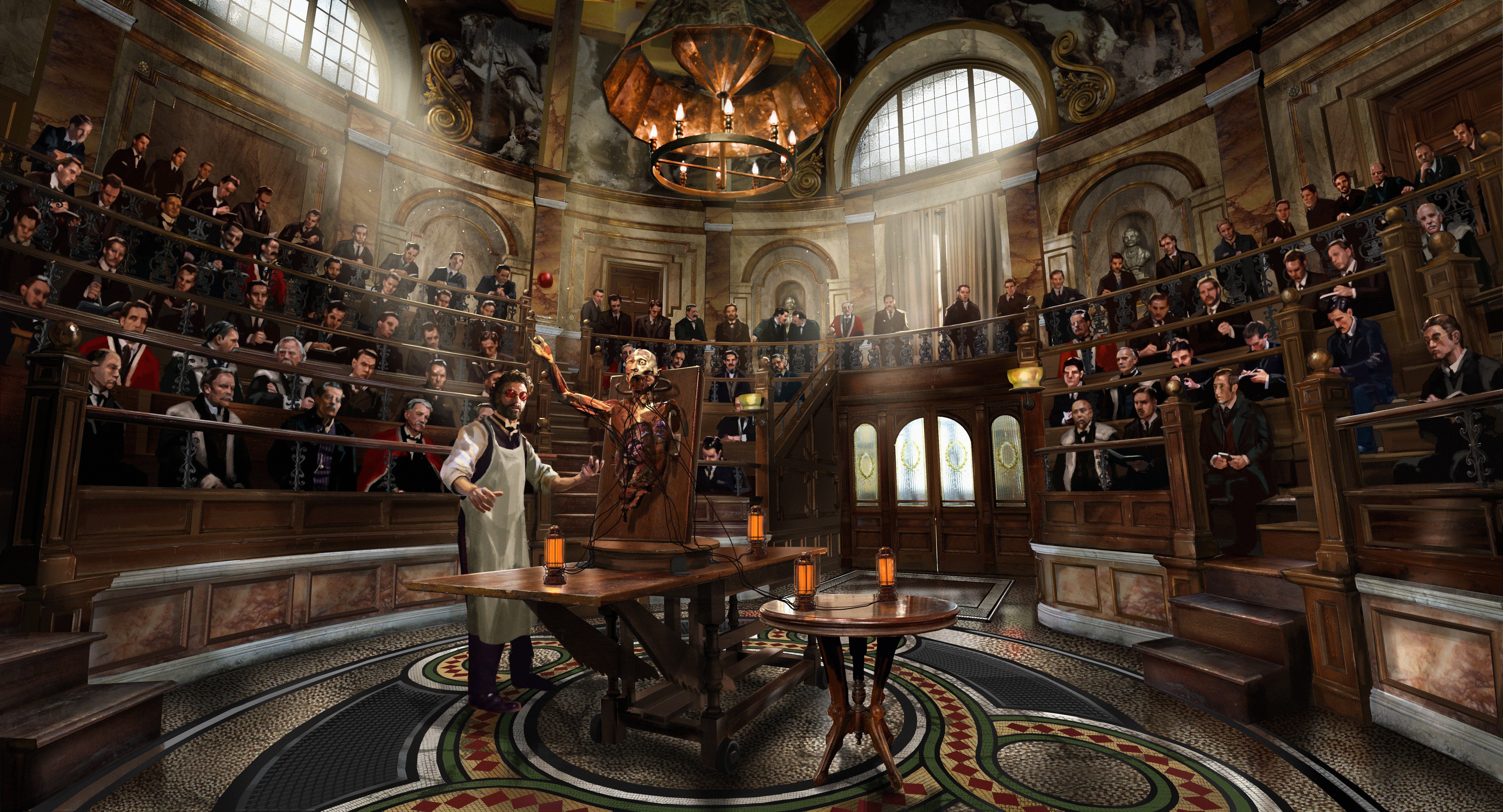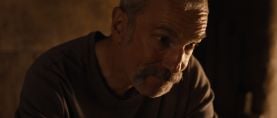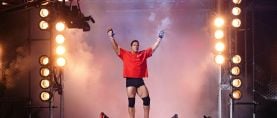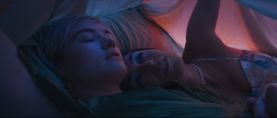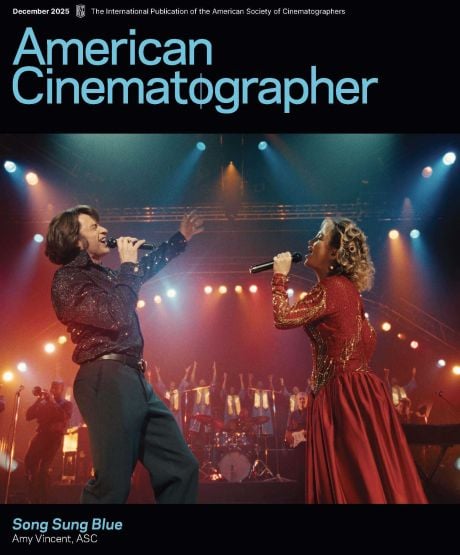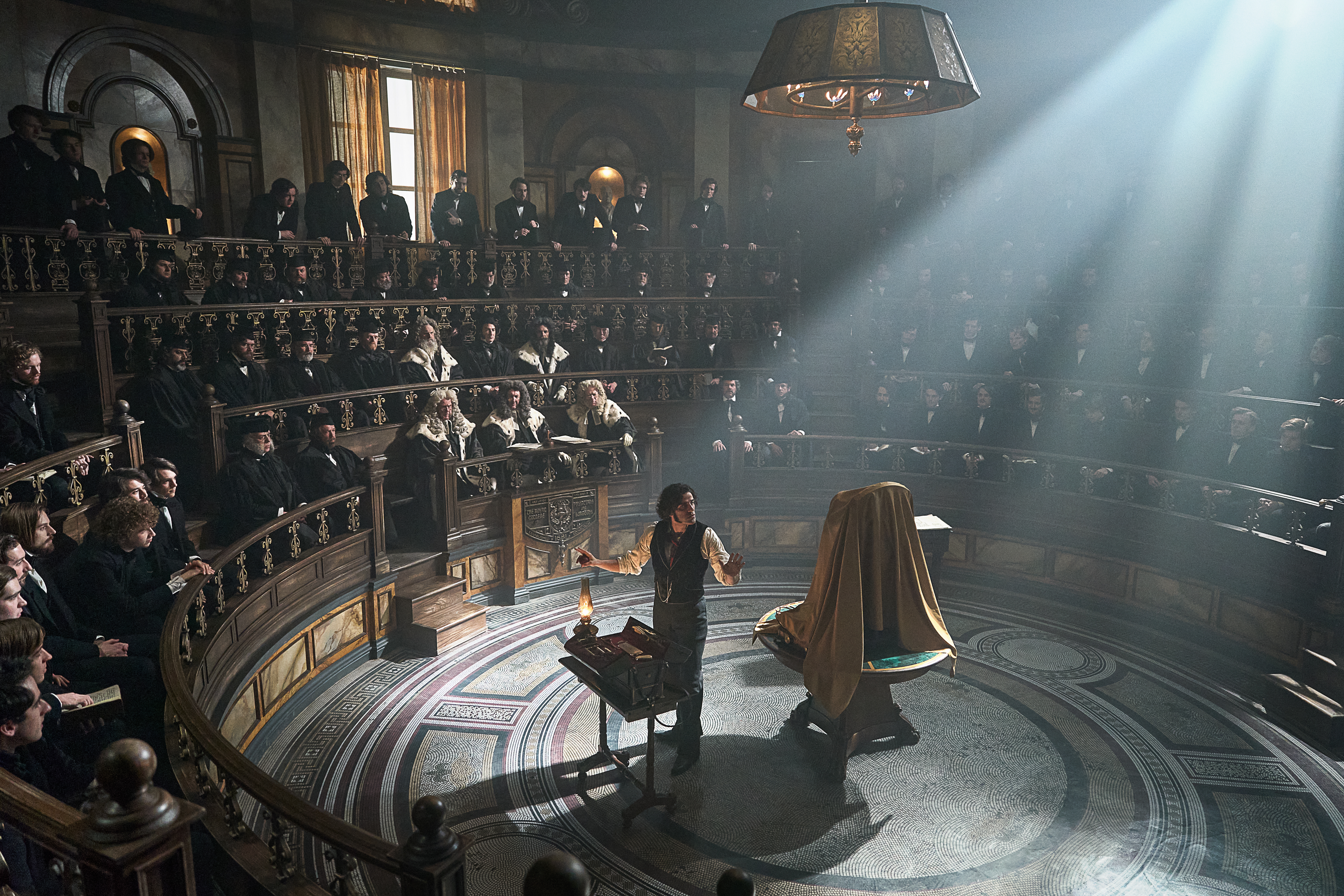
Designing Frankenstein
A look at production designer Tamara Deverell's approach to building Frankenstein's visually rich world — and renderings of its varied environments from concept artist Guy Davis.
Production designer Tamara Deverell first worked with the horror impresario Guillermo del Toro as part of production-design department on Mimic (1997). She later joined the filmmaker on his television productions, The Strain (2015) and Guillermo del Toro's Cabinet of Curiosities (2022), and more recently Nightmare Alley (AC, Jan. 2022) — and what may be the filmmaker's most extravagant paean to the horror genre in Frankenstein.
The gothic science-fiction feature, photographed by Dan Laustsen ASC, DFF, is a passionately-wrought love letter to Mary Shelley's Victorian-era novel that has been long storied in its journey to the screen, dating back to the 1990s. "I have had decades to think about Frankenstein," del Toro tells AC. "I started with my concept designer Guy Davis and three or four other people that I cast as carefully as one would cast actors in starring roles."
Davis joined Deverell's design team, traveling with del Toro's brain trust to review potential filming sites in Scotland. Davis' concepts informed discussions about the film's visual language, colors design and narrative intent. While respecting the project's literary origins, the adaptation elaborated freely on the text. "Shelley's book is not specific about the creation of the creature," says Deverell. "I was surprised, when I re-read the book, how little there is of the actual creation. Back in Shelley's day, for instance, there was experimentation with making dead bodies move through the use of electricity, through galvanization; but the book preceded those experiments. I attended a talk at the University of Glasgow where they were discussing how Mary Shelley came to the lectures about galvanization after she had written Frankenstein. Either way, it was remarkable how much she knew, or how she made it up."
While scouting U.K. locations, Deverell and del Toro discovered scientific instruments that helped in visualizing the scientific principles of Victor Frankenstein (Oscar Isaac). At the Huntarian Museum in England's Royal College of Surgeons, the filmmakers viewed ancient pinewood boards glazed with traceries of arteries, nerves and veins, known as Evelyn Tables, named after 17th century researcher John Evelyn. "The Hunterian has four original Evelyn Tables," Deverell explains. "They allowed us to examine the tables and medical props of the time. They gave us scans, and I took a thousand pictures and had so many ideas. We then created our own map of the lymphatic system, which was fictional, but — like everything in Guillermo's Frankenstein — there is some basis in science to these regenerative properties that Guillermo wanted to explore. I hand-drew the veins, and then we made them out of threads with little sculpted lymph nodes. We 3D-modeled that and applied it to an old board that we had weathered. Everything was painstakingly handmade. Guillermo and Dan wanted to light real things, and make real beauty from that."
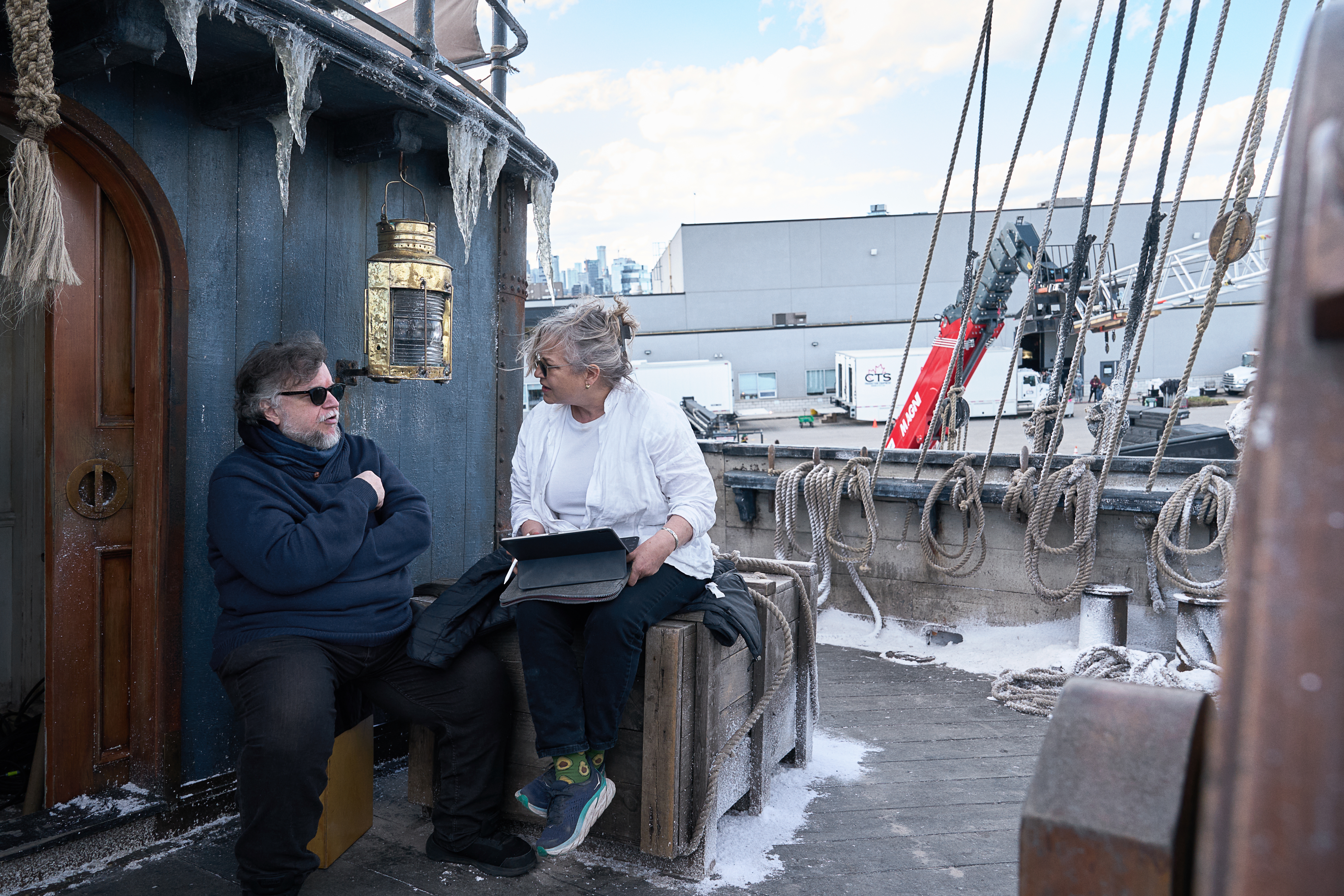
Other designs sprang from conceptual work with Guy Davis, whose visual shorthand drew on his years of collaboration with del Toro. "Guillermo has a long standing relationship with Guy," says Deverell. "Guy's drawings are often very loose, hand-drawn. He works on an iPad or a tablet, but very loosey-goosey, like Guillermo, and Guillermo uses him to get what's in his head."
Building Victor's World — Sets and Color
To explore the production's most complex sets — an Arctic explorer ship frozen in the ice, Victor Frankenstein's laboratory atop a Victorian water tower — Deverell and her team used 3D-modeling techniques that allowed del Toro to explore artistic and technical parameters. "I like to 3D model the entire space," Deverell explains. "That way we had them correctly measured. I'd then take a 3D model-view and do concept drawings from that. In Victor's lab, for example, [1st assistant art director] Sorin Popescu, who's one of our top set designers, created model views, and then [conceptual artist] Vicki Pui and Guy Davis did 'draw-overs.' That allowed us to then get into the tonalities and details of set dressing."

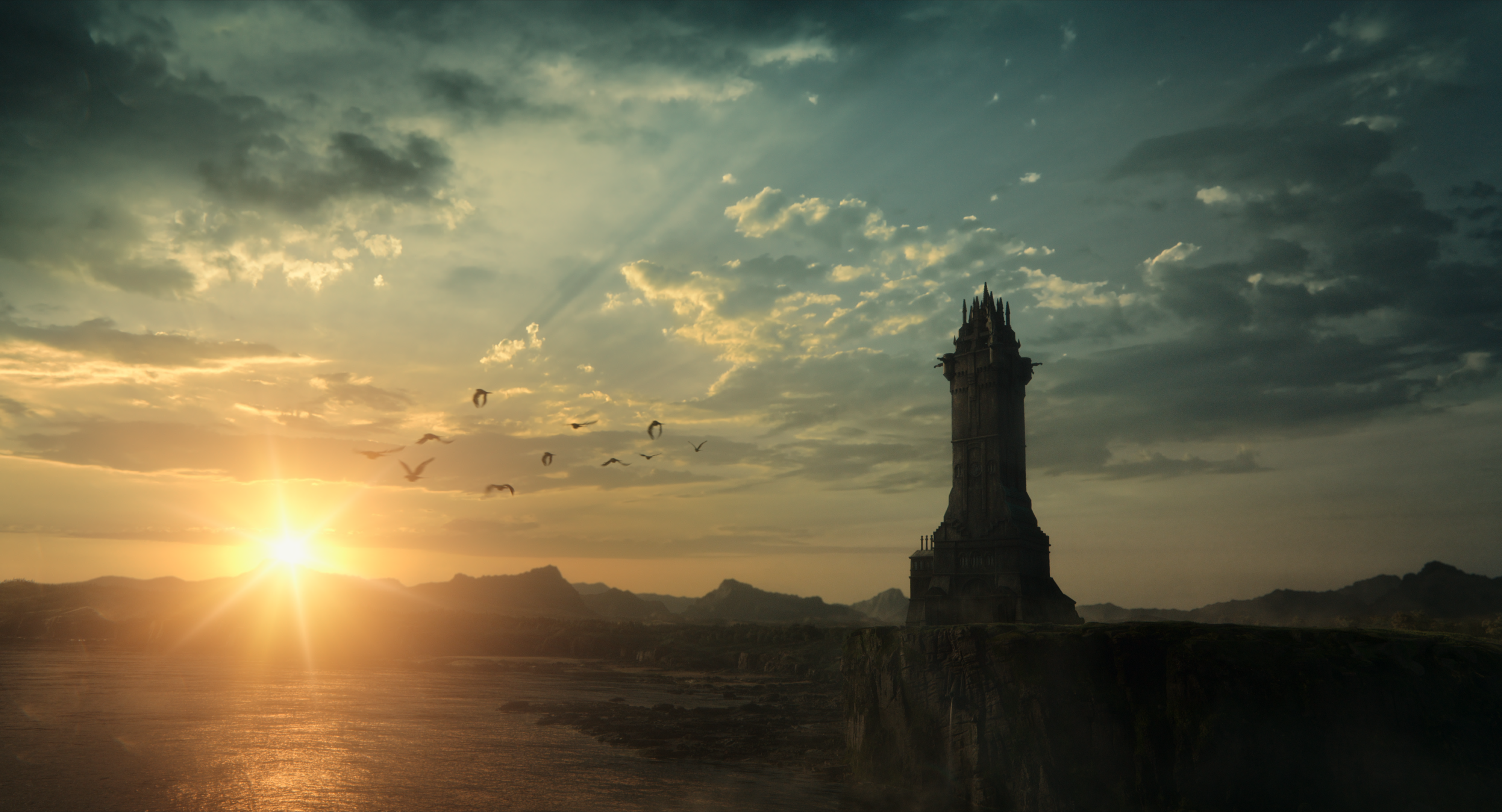
The art department took inspiration from stately homes in Scotland and England that served as settings for the Frankenstein estate, and locations in Toronto that served as locations for Switzerland and the Arctic. "Color is so important to Guillermo and Dan," Deverell says. "A lot of that evolved through shooting. You can't plan every last moment of every last scene. Dan likes to experiment, and I was fully on board with that, giving him the space he needed. We were shooting in many different lighting conditions, beginning with the low, harsh winter light of the Arctic. For those scenes, we discussed how we'd use the Northern Lights. And in night scenes, we discussed how we'd use real fire and candle light to keep it all within the realm of believability for the period."
To create the Royal Danish Navy explorer ship, the Horizon, which bookends the film as setting for Victor Frankenstein's conflict with his Creature, Devrell drew on her art student training with a wooden boat manufacturer, as well as historical research. "I am based in Nova Scotia," notes Deverell, "and there's a maritime museum here where I spoke to the curators about the famous Arctic explorer ships the Terror and the Erebus, which were from around the same time period as our film." Matthew Betts, an art historian who had collaborated on Scott Free's television production of The Terror, helped configure the Horizon's dimensions, and marine advisor Jim Dines assisted with period nautical rigging. Costume designer Kate Hawley selected crew costume colors that complimented the frozen blue tones of the environment and lighting of shipboard scenes.
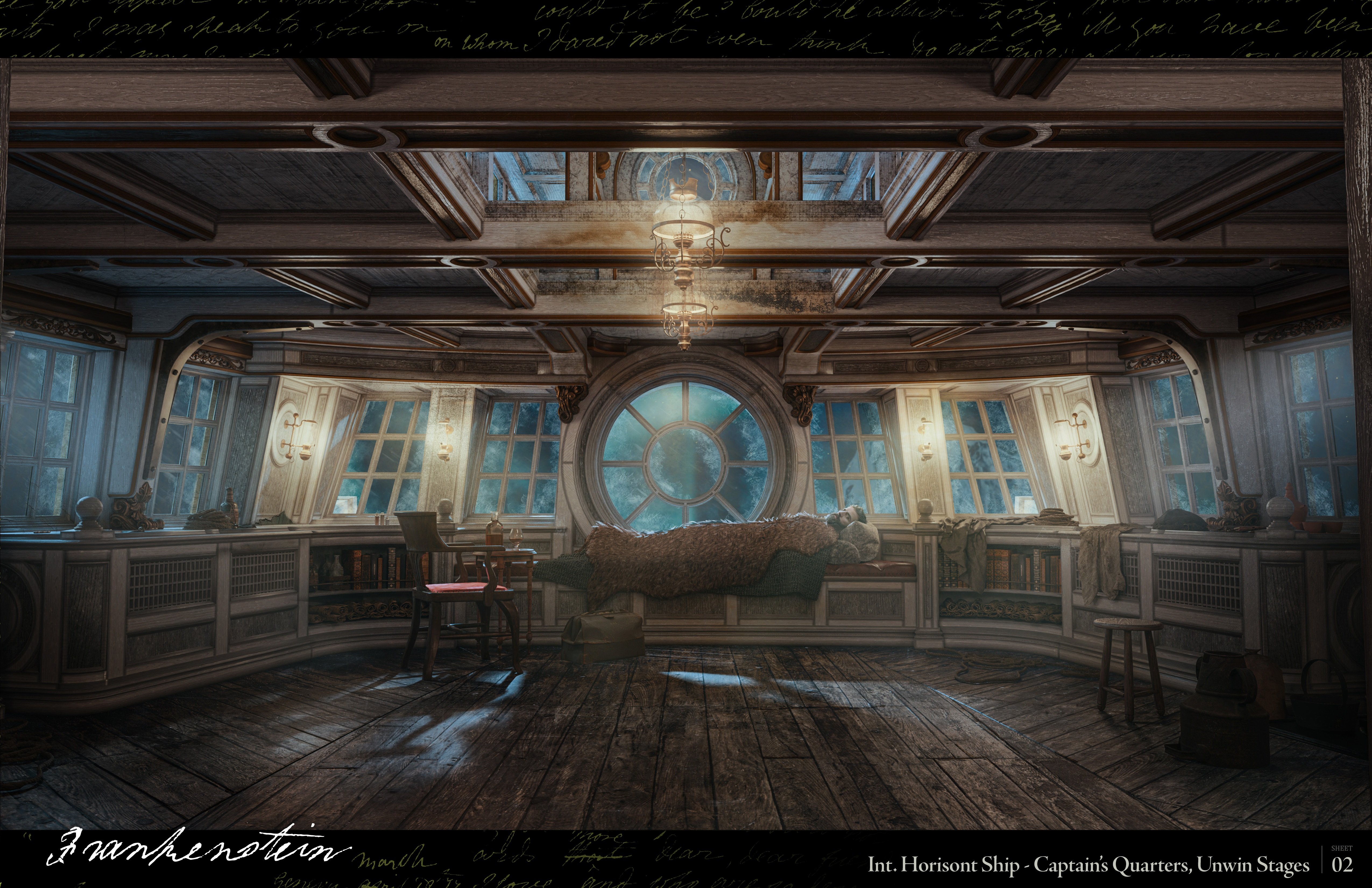
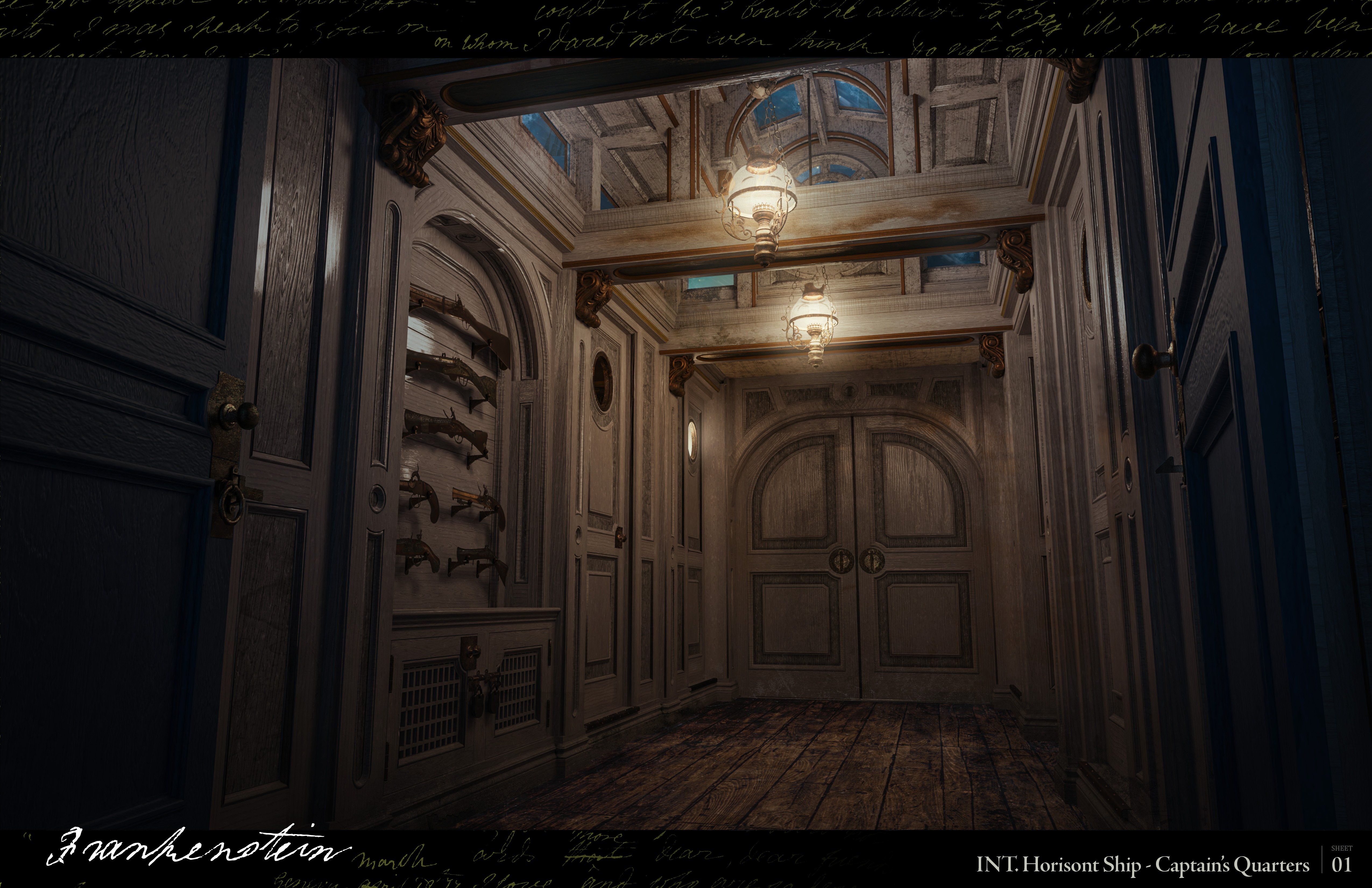

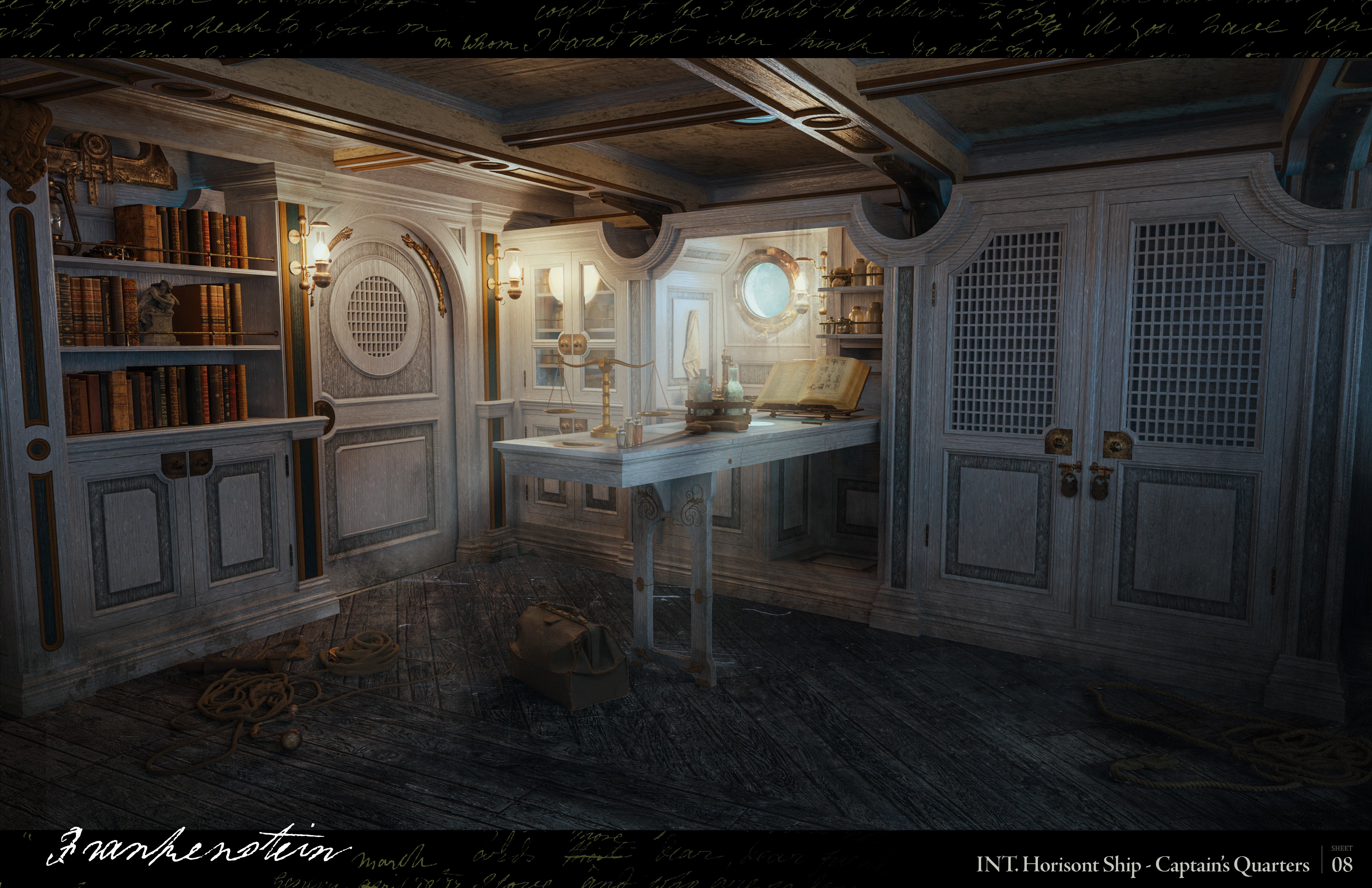
Humanizing characters, including del Toro's vision of the Creature (Jacob Elordi) as a sensitive and articulate vagabond spirit, informed the exotic fever dream of Victor Frankenstein's creation. "The Creature is always living in borrowed places," Deverell observes, "whereas Victor had his family home, his apartment, and his lab. When we meet the Creature, he's in Victor's lab, but he doesn't belong there. So, we didn't focus on creating a space for the Creature.

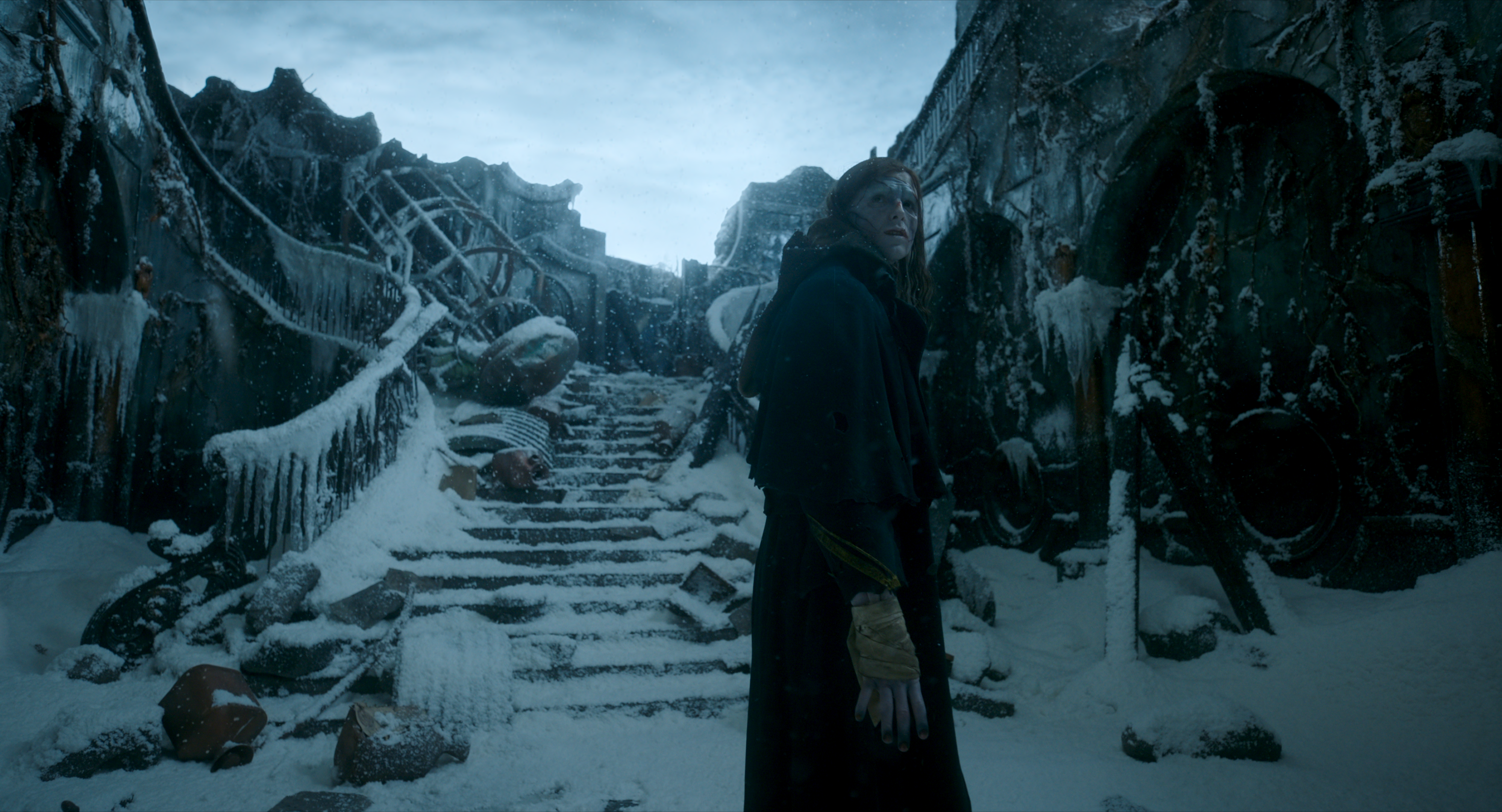
"Having said that, when he escapes and hides in a miller's house in the woods, we did want there to be a warmth there as he gets to know the old man, and he gets welcomed into that home," she continues. "The miller's cottage was the only setting where the Creature is comfortable." The Creature's escape from Frankenstein's laboratory reinforces his elemental force. "The Creature is tied to nature, and when we see him when he first breaks free of Victor, wandering through the forest — which we shot out in a conservation area outside of Toronto — all of that nature was so life-giving. That is the Creature's personality: his life-giving nature."
Frankenstein as Autobiography
Bringing Frankenstein to the screen was the culmination of the director's uniquely personal vision. "This film is about forgiveness and it's about acceptance," del Toro says. "And it is deeply biographical for me. It started with me thinking about making the movie about me and my father. It ended up being about me, my father and my own kids. While I was busy being a son, I became a father, and I kept behaving like a son. And I wanted to talk about that moment in my life when I realized that my absence [represented] my transformation into my father in my 40s. I relished the chance to say, 'I am sorry.' The rephrasing of the novel is all tailored around me as Victor Frankenstein. It is me as a creature, me as a child, and even me as Elizabeth. In the same way that the novel was deeply autobiographical for Mary Shelley, Frankenstein is all about the things I have experienced in the world."
Explore more Frankenstein concept art:
